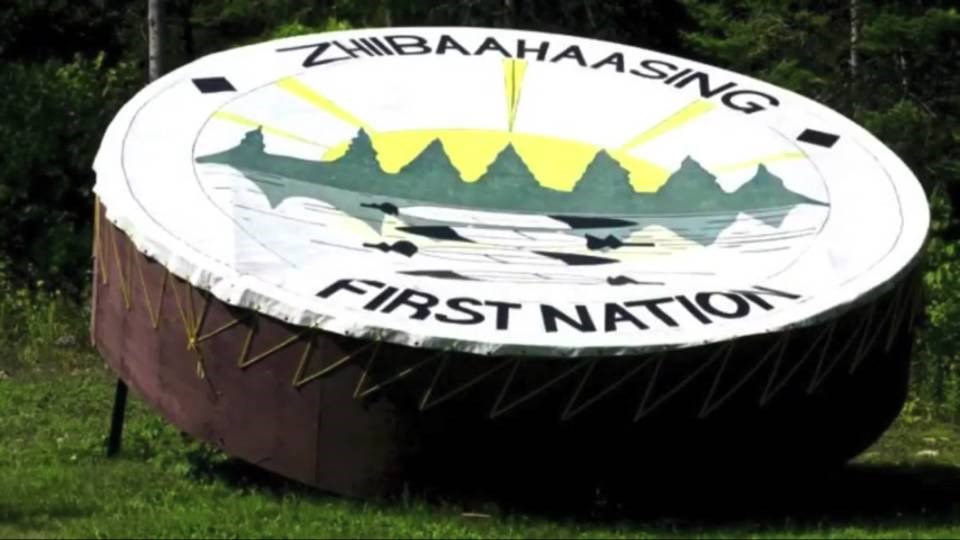The promise of clean water for the residents of Zhiibaahaasing First Nation has been a long 30 years in the making.
Located at the west end of Manitoulin Island, which is situated in the upper end of Lake Huron, the Indigenous community has been on a boil water advisory since 1991.
Currently using a series of concrete cisterns, the community’s water is non-potable and instead drinking water has to be trucked in and delivered to each home.
That’s poised to change, thanks to a planned $2.6-million project to build a new water distribution and fire protection system for the community.
“Water distribution and fire protection has been a dream of Zhiibaahaasing First Nation for the past 30 years,” Zhiibaahaasing Chief Irene Kells in a March 18 news release.
“With the approval of the Green Infrastructure Stream funding, we are one step closer to obtaining clean drinking water for our community.”
Zhiibaahaasing First Nation is one of 37 Indigenous communities in Ontario that will share in $86 million in funding being jointly provided by the federal and provincial governments for clean water, wastewater and stormwater infrastructure improvement projects.
Announced on March 30, the federal government is contributing more than $69.5 million to the total, while the province’s share is $16.9 million.
The 37 communities are contributing a combined total of $5.8 million toward their respective projects.
Want to read more stories about business in the North? Subscribe to our newsletter.
Home to 165 on-reserve residents, Zhiibaahaasing is known as the home of the world’s largest drum, outdoor dreamcatcher and peace pipe.
In the spring of 2020, the community had to decommission its water treatment plant because of high water and structural issues, Kells said. A portable package water treatment plant is currently being used in its place.
The clean water project will include the installation of a new below-grade storage reservoir with high-lift distribution and fire pumps, as well as drinking water transmission pipes with fire hydrants. The storage reservoir will be part of a site already designated for the water treatment plant.
Kells is hopeful of additional funding so the community can build a new water treatment plant on higher ground. But she expressed gratitude for the funding to move the project in the right direction.
“Miigwetch again for taking our project into consideration and for all the support we were given,” she said. “Water is sacred and is a big part of our lives.”
Catherine McKenna, the federal minister of infrastructure and communities, reiterated her government’s earlier commitment to end all long-term boil water advisories in Indigenous communities across Canada.
It was a promise made, in 2015, by Prime Minister Justin Trudeau, who pledged to reach the milestone by March 2021.
But according to the government’s figures, there are still 58 active long-term boil water advisories in 38 communities across the country.
"Clean drinking water and proper wastewater management are fundamental to building healthy, resilient communities,” McKenna said in the release.
“The government of Canada is committed to fixing the Indigenous infrastructure deficit, and federal funding of over 70 per cent for these projects across Ontario is another step toward the equality of opportunity that all Canadians should expect and demand.”
Additional investments in First Nation water and wastewater management projects include the replacement of drinking water pipes, upgrades to communal drinking water systems, sewage system rehabilitations, wastewater treatment plant upgrades and replacements, well upgrades, subsurface septic system rehabilitation, stormwater management, and water storage and distribution system upgrades.
A full breakdown of the funding provided is available here.




